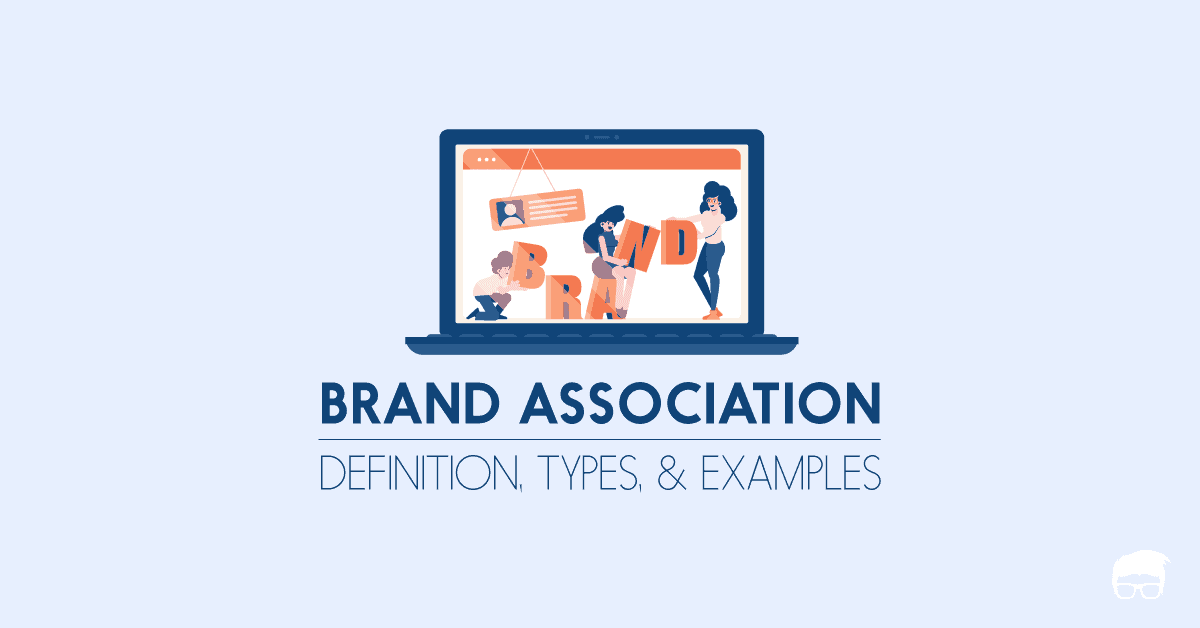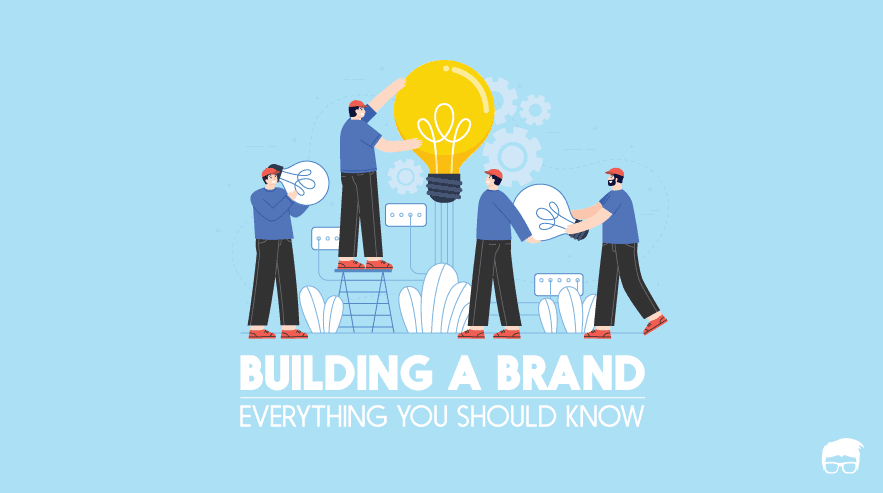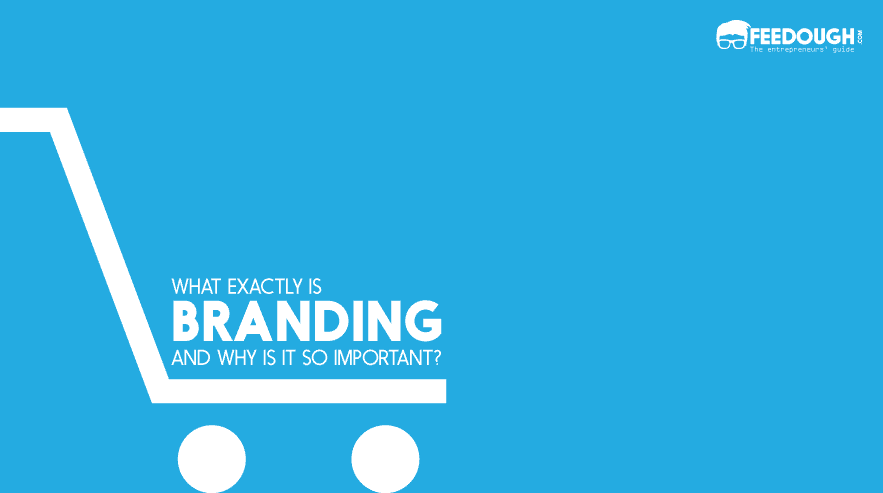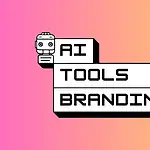What comes to your mind when you hear the term brand?
If it is just name, logo, colour, font, ambassador, and any other attribute, you need to read this article till the end.
Because a brand isn’t what you think it is all about.
It is the combination of all the properties within and outside the product which gives it an identity and a personality. Yes, it consists of a name, logo, some symbols, and other attributes. But it also includes the associations, message, tonality, voice and the overall outlook of the company.
It is not developed when you find an available domain name on the internet. It requires extensive research on consumer behaviour, the product features, the right positioning for the product, and the personality you want your offering to have.
Know the basics
Before we move on to discuss the actionable branding tips for your startup, it’s important for you to understand the basics as we’ll be using them a lot.
- Brand Personality: Brand personality is the set of human traits like unique, caring, funny, trustworthy, creative, straightforward, dishonest, rebel, etc. assigned to your brand. All the brand communication strategies revolve around building its personality as the company desires it to be.
- Brand Associations: These are the tangible and intangible product features like logo, colour scheme, ambassadors, owners, etc which increases your brand recall.
- Brand Positioning: Positioning is the unique position your brand occupies in the minds of your customers. It makes your customers view your offering in a unique way and makes it stand out from the competition. Positioning is different from personality. It is how your customers recognise your offering’s USP and not how they recognise your personality.
- Brand Identity: It is how your brand portrays itself to the customers. It is how you want to be perceived by your customers.
- Brand Image: It is how your customers perceive your brand. It is what your brand stands for as a whole to the customers. Brand image builds over time and is the aggregate of beliefs, ideas, and impressions that a customer holds regarding the brand.
Your brand should work on building its personality by forming brand associations and executing brand identity building strategies. This personality will eventually position the brand in a unique way and gives rise to the brand image.
Remember, you cannot directly alter your brand image. But you can work on building a good brand personality which forms your brand image.
Never Ignore The Buyer Persona
Your brand should be built around what your customers desire. Position your offering according to what they want and you’ll have a magnetic brand.
If your customer likes buying premium looking brands but is short of money, why not use these two characteristics to create a unique identity in the market?
Build a buyer persona before drafting your branding strategies (even before you select the name for your brand).
Build Your Brand As If It Is A Person
A brand is the personification of the company or the offering. Build it like you’re creating a new person. Don’t just focus on the appearance, define how it’ll talk to the audience, how it’ll age, and what all it’ll be associated to.
If you’re creating a sports brand, instead of just focusing on the logo and tagline, specify the products you’ll be focusing on (premium products, accessories, or low-cost products), the perfect colour palette (for the sporty look), the tonality of the communications (to build the personality) on posters, blog posts, social media posts, and the replies. Strategize brand placement in every communication message. It isn’t necessary to be just the logo; it could be the brand message, the tagline or just the brand colours.
Consider What’s Driving Your Business
Building your brand around your value proposition is always a good idea as it makes it easy to understand your communication and also helps in positioning the brand as you want it to be.
If being organic drives your business, instead of building a generic niche brand, focus more on being organic while developing and deciding the brand attributes, identity, and associations.
Test Drive Everything (Split Testing)
A brand built on just the assumptions rarely succeeds. Validate your assumptions using split testing. Create a different landing page for every alternative and collect data on how the user interacts with it.
Test drive everything and be 100% sure before releasing it in the market. Leadpages, Click Funnels, and Product Hunt Ship are great tools to help you split test to validate your assumptions.
Ask Questions & Take Feedback
Another (and more preferred) way of validating your branding assumptions is to go out and talk to the users. Draft your questions to understand the desirable but untapped positioning opportunity in the market.
Product Hunt Ship lets you do that too. Or you can select the survey tool according to your needs from our list of best survey tools on the internet.
Prioritize Your Brand From Day One
Never think of building the product first and the brand later. Start working on your brand from the day one and make it inseparable from the offering.
Even your early adopters should know everything about the brand they bought it from.
Be Consistent
Consistency is the key to successful branding. Your focus should be to communicate a consistent brand message to set the desired positioning in the minds of the customers.
Setting brand guidelines and developing distinct products which are unique to your brand will help you in maintaining such consistency.
Take Apple for example. The company has built up its brand consistency over time with a series of products and communications that reinforce the company’s central identity.
One can easily identify an iPhone advertisement even before the logo actually shows up.
https://www.youtube.com/watch?v=cFOAefphdGI
Never Mimic
You wouldn’t want to be called ‘a brand like XYZ’. Always focus on building an identity which is unique, identifiable, and differentiable.
While mimicking may help you make use of the existing brand’s followership in the short run, it would result in your brand getting lost forgotten in the long run as you will never be alone in this.
Think Long-Term
Every year we are told about how our attention spans are shrinking. There is a lot of information, a lot of products, and a lot of other things vying for our attention. Our attention has become a commodity now.
Continuous investment in the brand with consistent communication of the brand message helps in finding a distinct place in the minds of the customers which eventually reaps more profits in the long run as compared to any new brand.
According to research by Mckinsey, firms with long-term strategies had 47% more top-line growth than other companies, 36% higher earnings, and added an average market capitalization of $8.67 billion.
So, how do you think long term?
Well, you need to focus on building up and imbibing your brand promise in the minds of your target audience over time. Build products that are consistent, have consistency in all your communication strategies, and build a balance between short term and long term goals (40:60).
Never ignore your existing customers. Keep them happy, take their feedback, and fulfil their after-sale requirements to make them stay for long (and even refer the people in their network).
Create An Experience
It’s easier to forget about the product but it takes time to forget about an experience. A brand experience is the sum of all the interactions your target audience have with your brand.
Focus on enhancing the brand experience. Try to woo your customers at every stage of their buyer journey (and even after he has made the purchase). Be approachable, answer their questions, know their expectations, talk to them on social media, and keep them happy even after the sale has taken place.
Connect Your Brand Strategy With Marketing
Don’t just market your product. Market how your brand has added a special touch to a generic product. Market your brand promise and you’ll definitely build a long-term brand.
Go On, Tell Us What You Think!
Did we miss something? Come on! Tell us what you think of our article on branding tips in the comments section
A startup consultant, digital marketer, traveller, and philomath. Aashish has worked with over 20 startups and successfully helped them ideate, raise money, and succeed. When not working, he can be found hiking, camping, and stargazing.
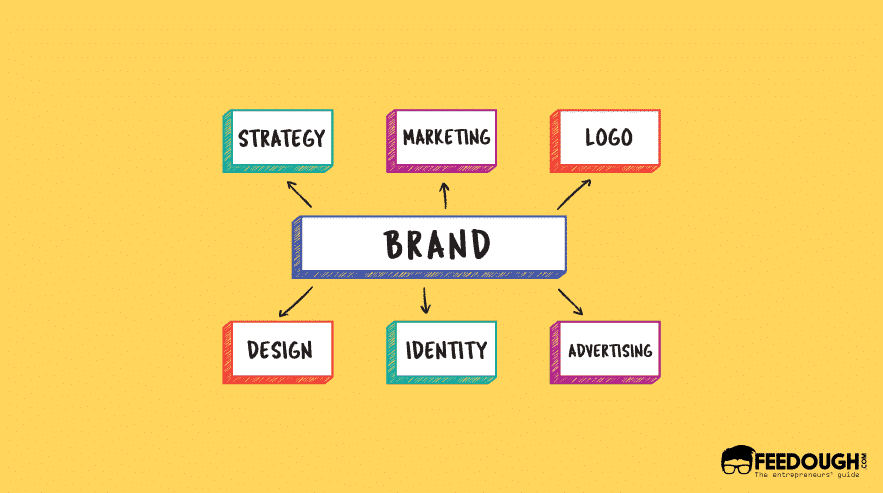
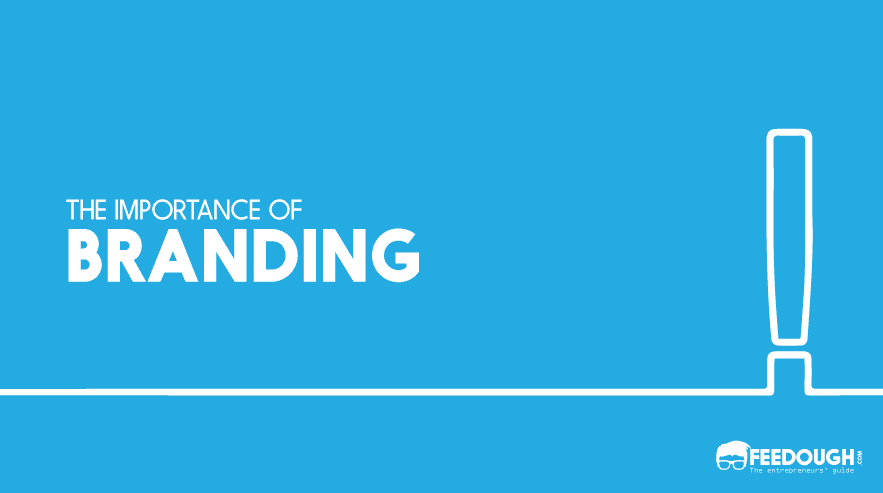
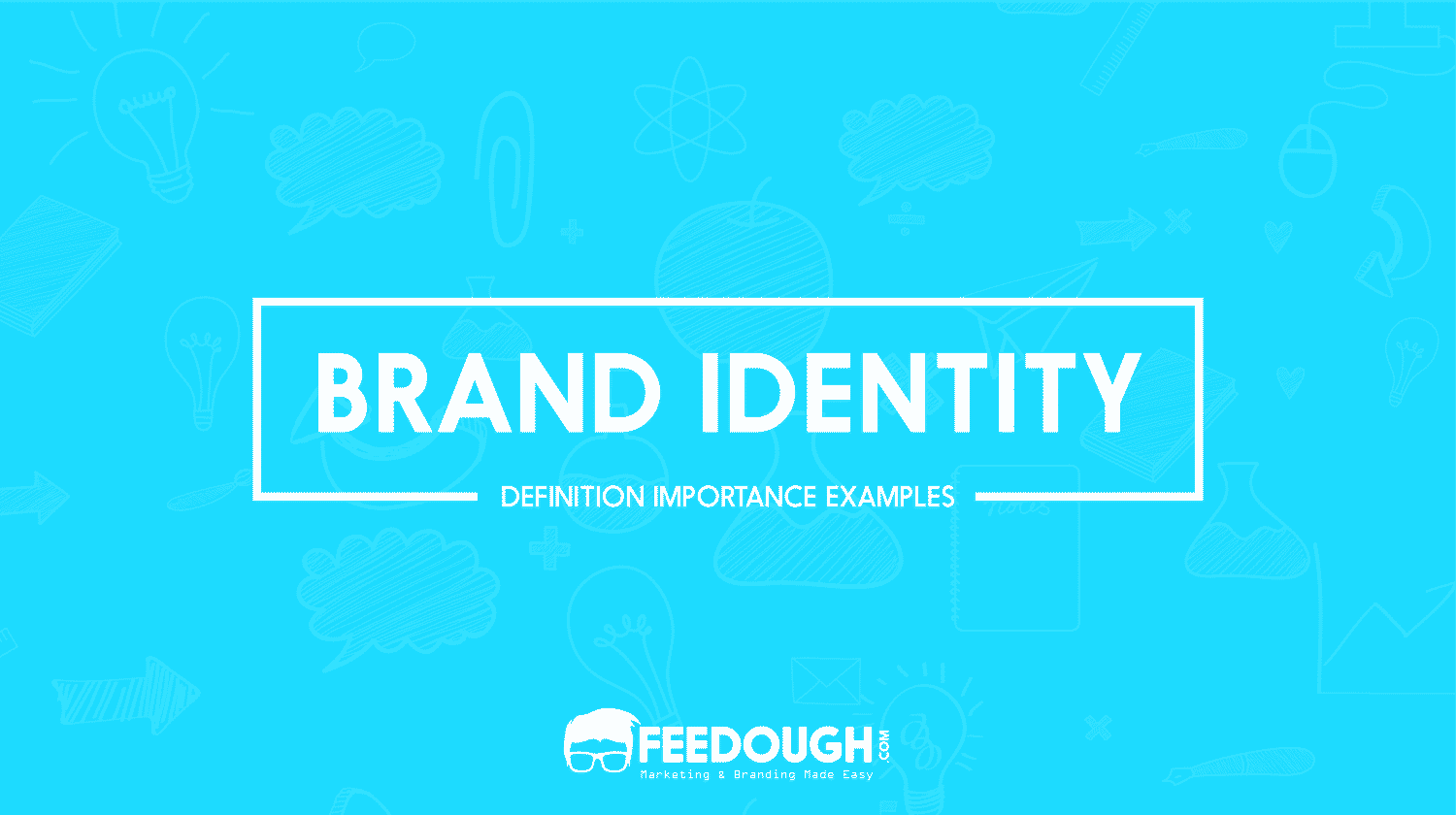
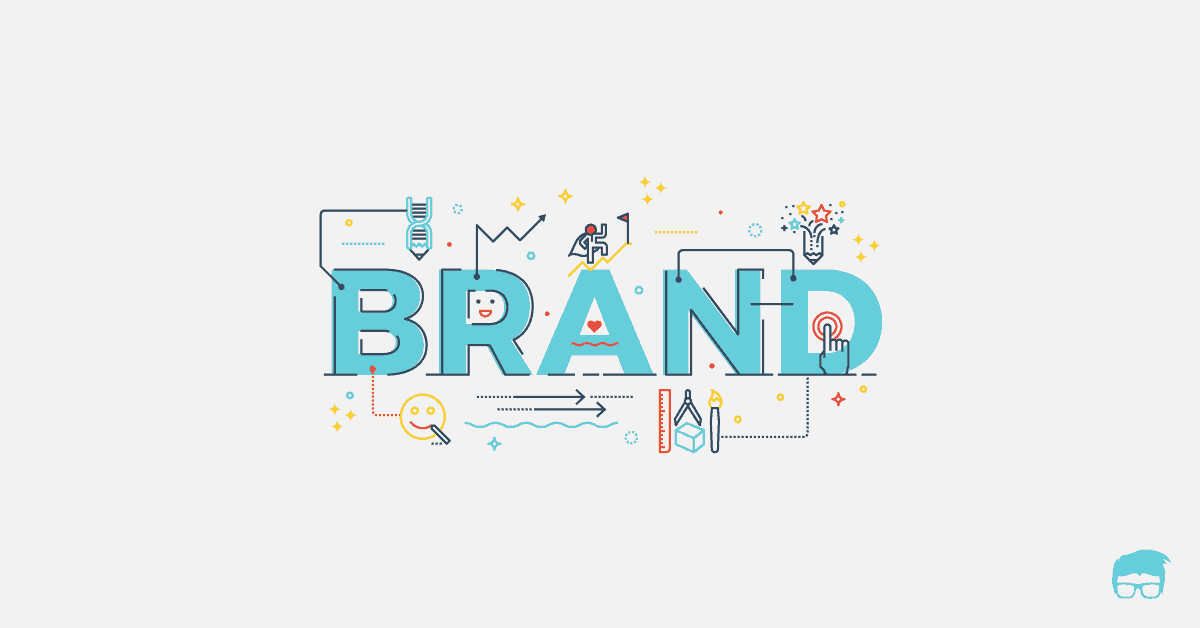
![What Is Brand Strategy & How To Develop One? [Ultimate Guide] BRAND STRATEGY](https://www.feedough.com/wp-content/uploads/2019/11/BRAND-STRATEGY.webp)
